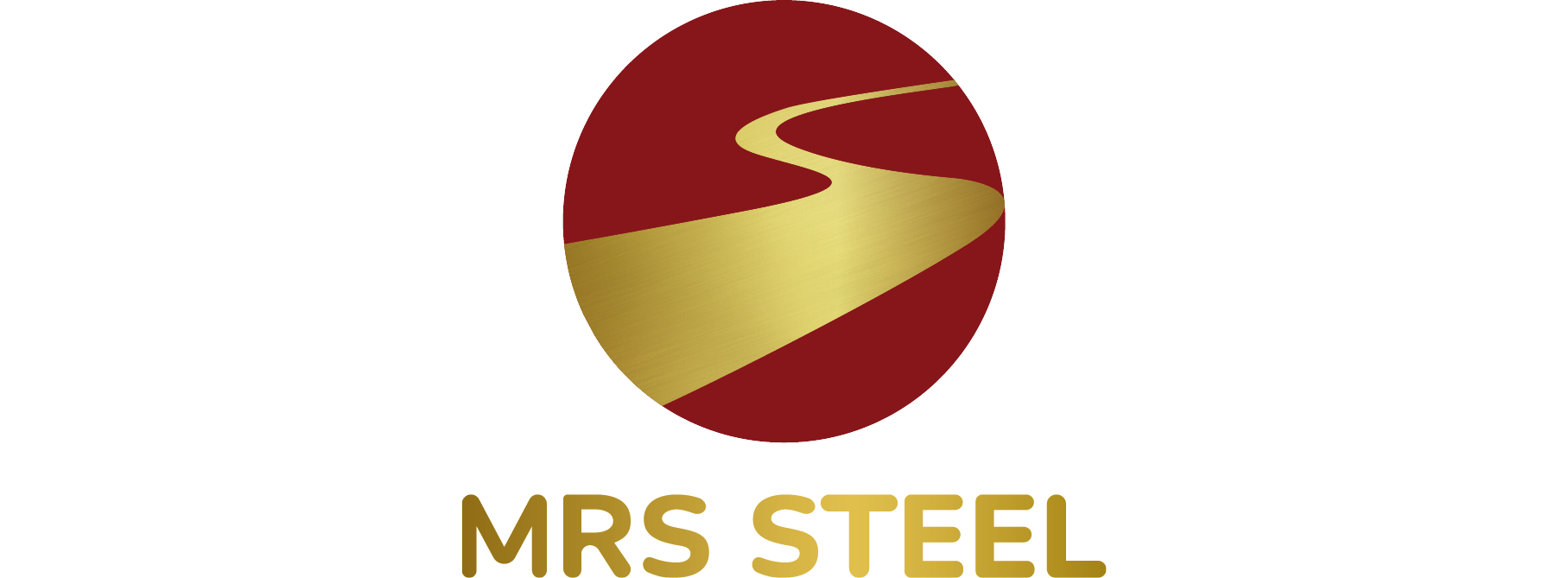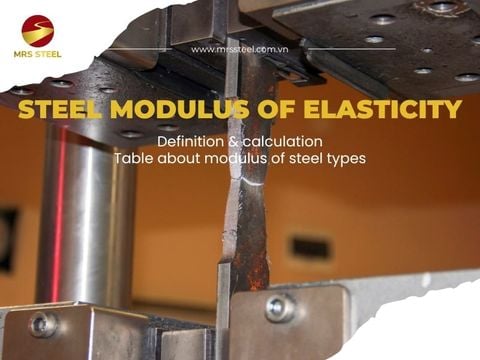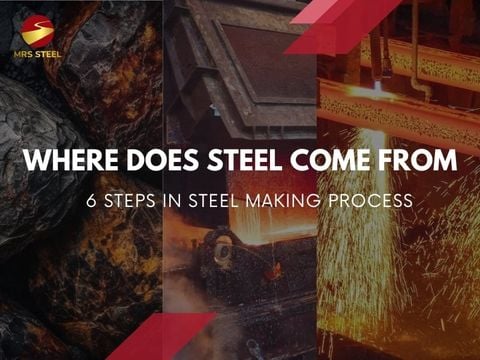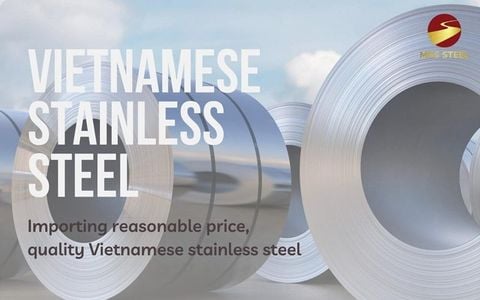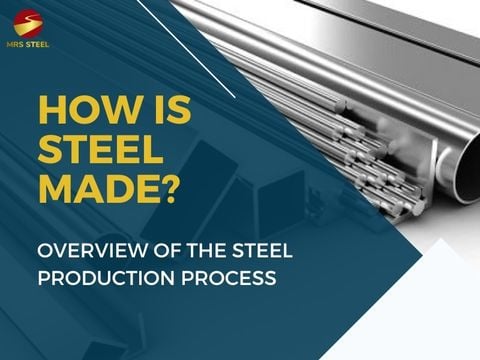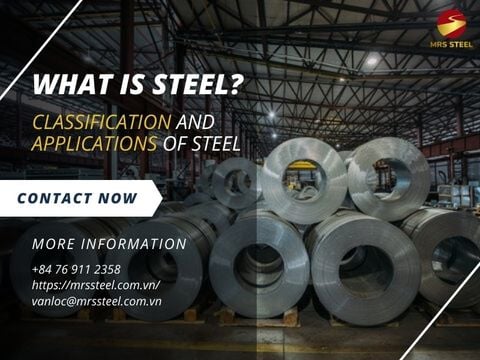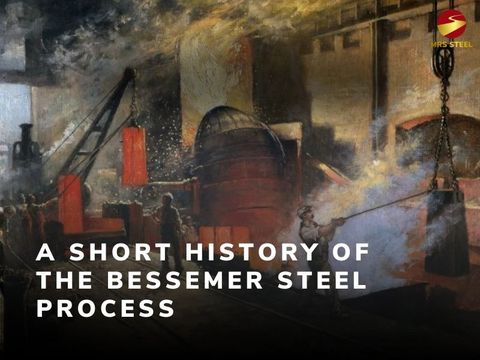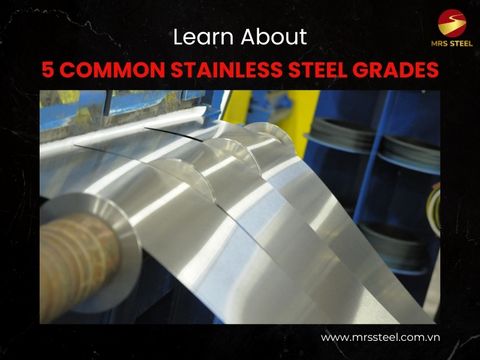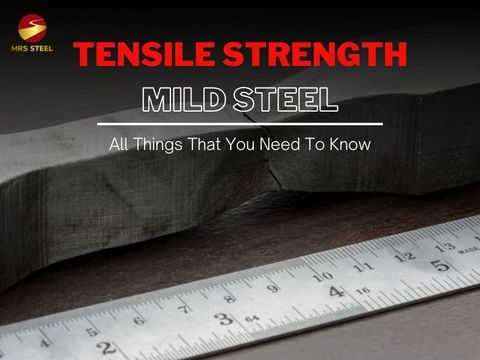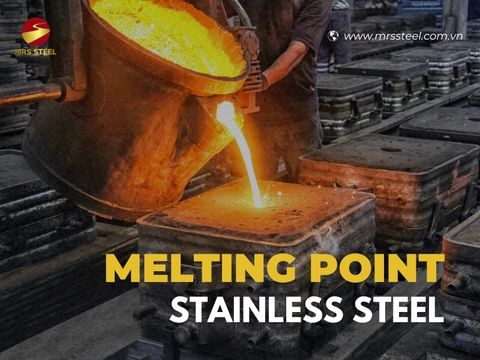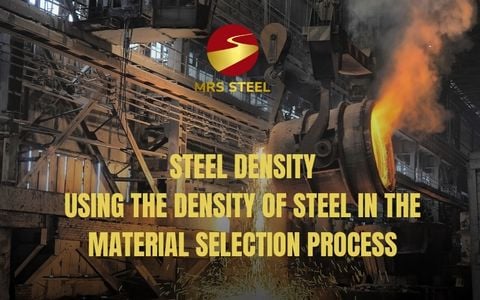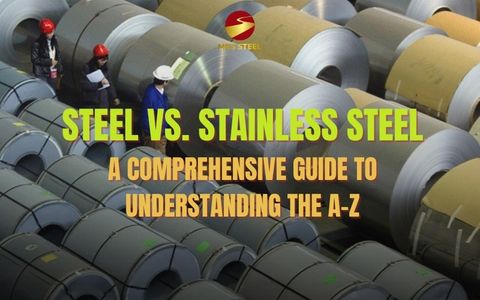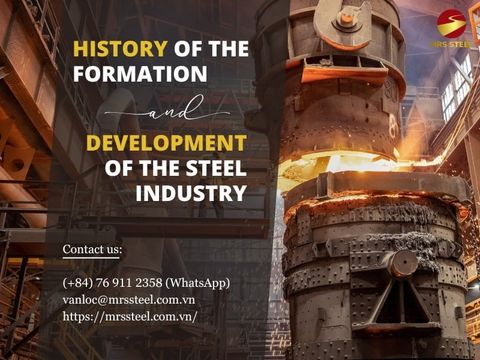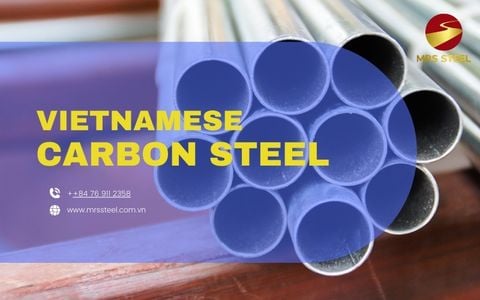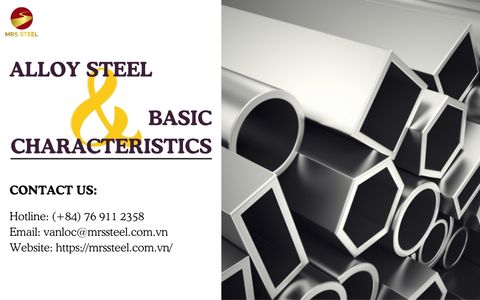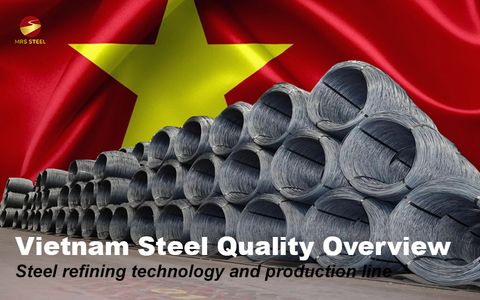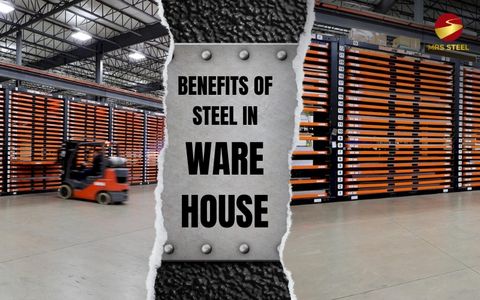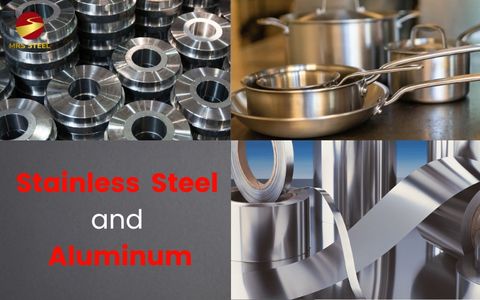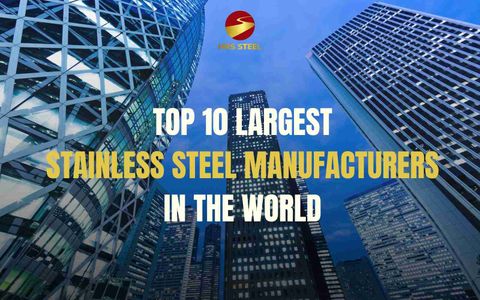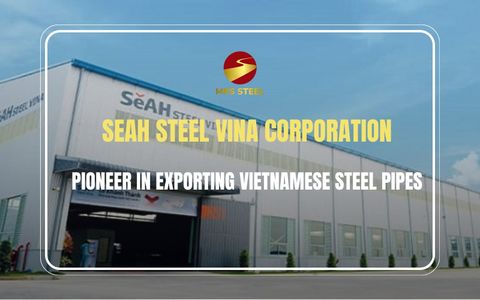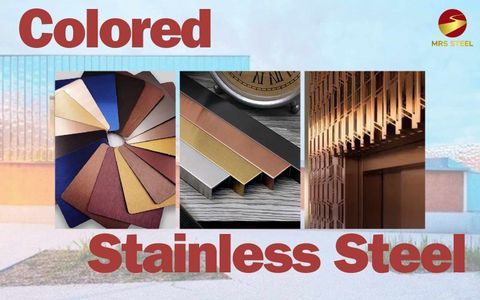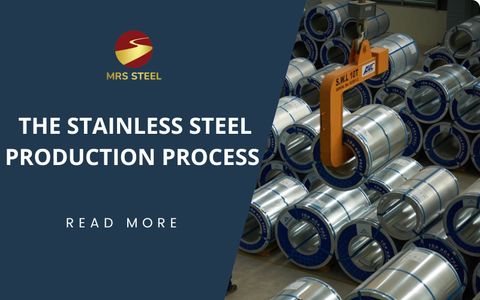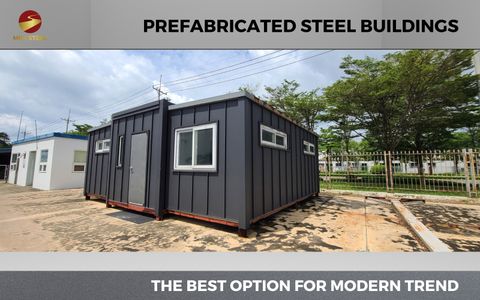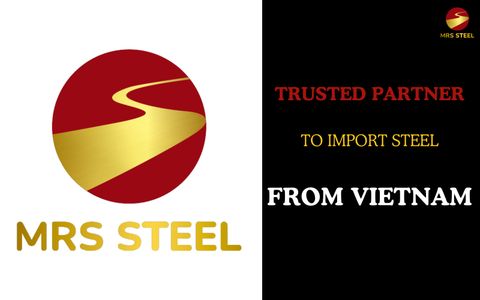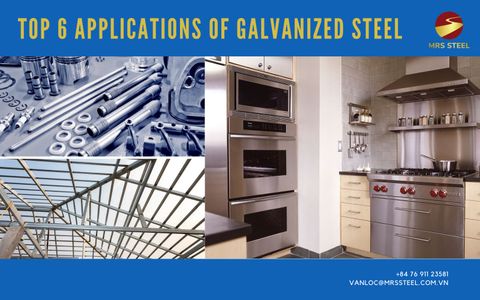5 Common Steel Coating Method That You Never Know
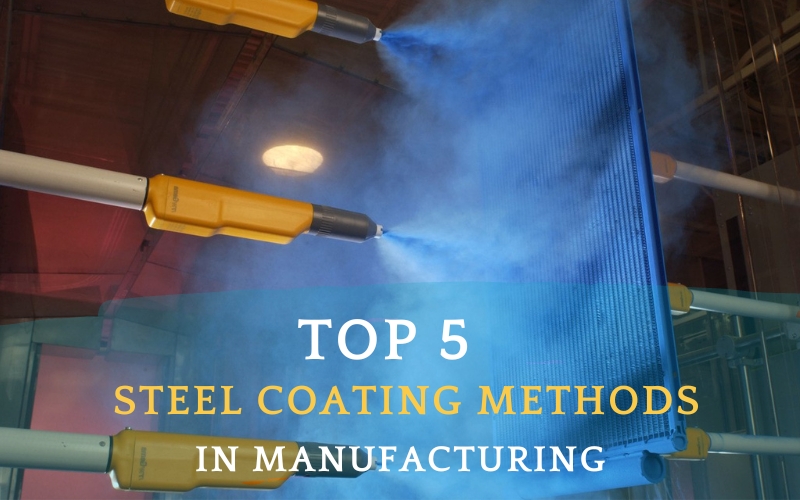
BlogDate: 13-02-2024 by: Ngan Le
For decades, metal corrosion problems have always been one of the challenges for steel manufacturers. The making use of a steel coating method to create a protective layer for the steel core is considered the most effective process. Currently, there are many methods of steel coating and these types possess different characteristics with advantages.
The role of the steel coating method for the durability of product
Steel is a product derived from metal ores, so wear and rust will occur if we leave them for a long time in the environment. Therefore, manufacturers often conduct steel coating stages before putting them on the market to create a protective layer for the steel surface to help resist external effects.
Prevent rust and oxidizing agents
Zinc components present in the coating layer when exposed to oxygen and carbon gas, it will form a layer of zinc carbonate (ZnCO3). Thanks to this chemical reaction, the steel core can minimize approaching oxygen, thereby avoiding corrosion and rust.
Keep the surface of the product in top condition
Coatings not only strengthen the steel, but they also support the surface of the product in its best condition by resisting scratches or chipping.
Improved loading capacity
Steel coating method can help enhance the loading capacity of steel, which has been proven by several studies. Specifically, components such as aluminum, chromium can increase the mechanical properties of steel when they can deposit crystals through the surface, thereby playing a role in increasing the solidity.
Savings cost for long-term
Although galvanized steel products will have a high initial cost, in terms of long time for use, they help optimize costs significantly. Thanks to the durability as well as the limiting surface oxidation, users will not have to spend a lot of money on maintenance as well as replacing new products periodically.

5 most common steel coating methods in the manufacturing industry
All current steel products before being put on the market will have to go through steel plating stages to improve durability. Currently in the steel manufacturing industry, manufacturers often apply 5 common coating steel methods and each method has its own characteristics and different applications.
Hot dipped galvanized
Galvanizing method mainly refers to dipping the steel into a hot zinc bath. Through this method, the outer layer of the steel is melted into an alloy with zinc under high temperatures of up to nearly 500 degrees Celsius. As soon as the zinc and steel start to react with each other, the operator will put them out of the tank and let it dry, normally hot dip galvanizing will take place within 30 to 40 minutes.

Thanks to dipping the entire steel into the zinc solution, the steel coatings are completely wrapped around the surface as well as firmly adhered to the core steel layer, making the zinc layer difficult to peel off. The hot-dip galvanizing method is used by many manufacturers because it brings high economic value along with simple practical operation and does not require much technical calculations.
Steel coating method with electrogalvanization
Contrary to hot-dip galvanizing, electrolytic galvanizing will not directly immerse the product in a hot zinc bath, but the manufacturer will use equipment to spray zinc solution directly on the steel. Spray solutions contain a large amount of zinc ions with a positive charge while the surface of the steel product has a negative charge, when the two charges approach together, they will form an extremely tight zinc coating.
Usually the product will be hung or carefully positioned to make the handler spray the solution in the most convenient way. The first special feature of the plating process is that it takes place quickly, it's only about 5 or 10 minutes. Electrolytic steel coating method is considered to be quite safe when the handler does not have to be exposed to high temperature solutions, limiting dangerous incidents. The most common application of this method is mainly in electronic components or interior decorations.

However, the electrogalvanization method produces a coating that is neither thick nor evenness compared to the hot-dip galvanizing method. In addition, the average thickness of electroplating is about 15-20 micrometers. Although electroplating products still maintain good rust and oxidation resistance, they are inferior to other products, especially products coating by hot dip galvanizing process.
Thermal spraying
Thermal spraying is a term that refers to the steel coating method with molten liquid droplets that form a mist over the surface. Coating materials usually exist in powder or wire form, then they will be heated through fire, plasma jets or electric arcs, when the material reaches a molten state, it will be sprayed directly onto the surface. Under the influence of heat energy and electrical conductivity available in the material, the solution particles stack on top of each other and adhere to the steel surface.
Thermal coating will help steel reach an ideal plating thickness from 20 micrometers to several millimeters depending on the needs of the manufacturer. By providing a wide range of coating thicknesses, thermal spray coating can be applied to a wide range of materials from steel, stainless steel, nickel alloys to plastics and ceramics. Even steel products possessing complex surfaces can be completely uniformly heat-coated thanks to modern robotic manipulation applications.

Thermal spray steel coating method is considered an advanced method in the plating process that promises to bring a lot of convenience to the manufacturer along with a thick and uniform coating for the product. However, the method will require manufacturers to spend high initial input costs due to technological requirements.
Powder steel coating method
Powder coating is a popular coating technology today with the principle of using electromagnetic force to make the paint adhere to the surface of the steel layer. The manufacturer will take advantage of the negative electrical charge on the steel surface, but use a mixture of paint powder with a positive charge to create a strong bond to help the paint layer adhere and spread evenly throughout the surface.
It is thanks to this physical principle that the powder coating method will give better results than conventional coating. Powder coating is well known for providing products with a thick and smooth finish, providing a high gloss finish to the product's appearance.

Although powder coating brings durability along with highly aesthetic color to the product, it consumes a considerable amount of input costs. The powder coating process requires manufacturers to own spray booths and specialized spray equipment to perform, so this method will not be feasible for small manufacturing businesses.
Paint coating
The last steel coating method mentioned in today's article cannot mention the paint coating process. In order to create a protective coating on the surface of the product, the manufacturer will perform 3 layers of paint including: primer, intermediate coat and top finish paint. Weather conditions will also significantly affect the paint, so the right temperature for the paint to be durable and beautiful is usually between 10 degrees Celsius and 35 degrees Celsius.
The implementation of the paint coating method not only helps protect the steel surface from harmful agents from the environment, but also creates an aesthetic appearance with outstanding colors. Although the durability of the coating method will not be better than the other methods, they are highly appreciated in supporting the cost of input materials, this plating method is extremely suitable for most businesses in both small and medium scale.

The steel coating method has appeared and become popular for a long time in the manufacturing field because it acts as a protective shield for the steel core. The above article lists the top 5 most popular steel coating methods today along with the advantages and disadvantages of each method. If you would like to learn more about each type of coated steel and what role they play in your long-term business plan, contact MRS Steel - a steel solution specialist is happy to assist you.
If you have any questions, please contact us on Whatsapp +84 76 911 2358 or email vanloc@mrssteel.com.vn!
